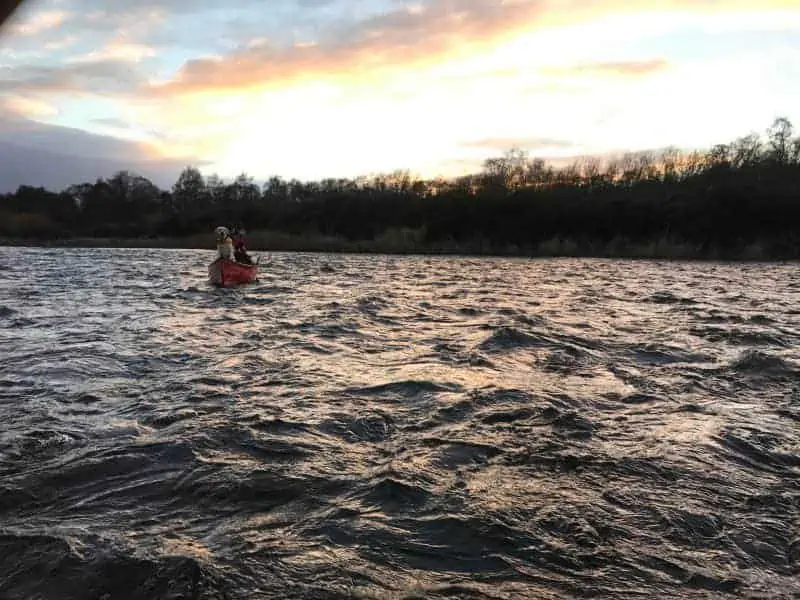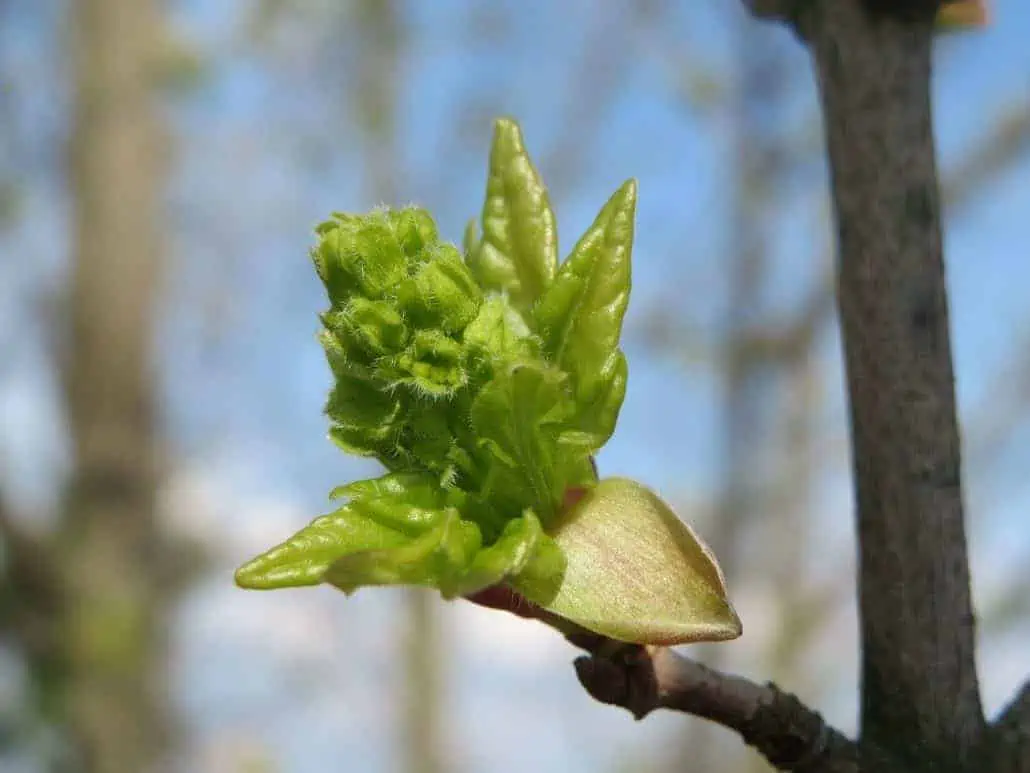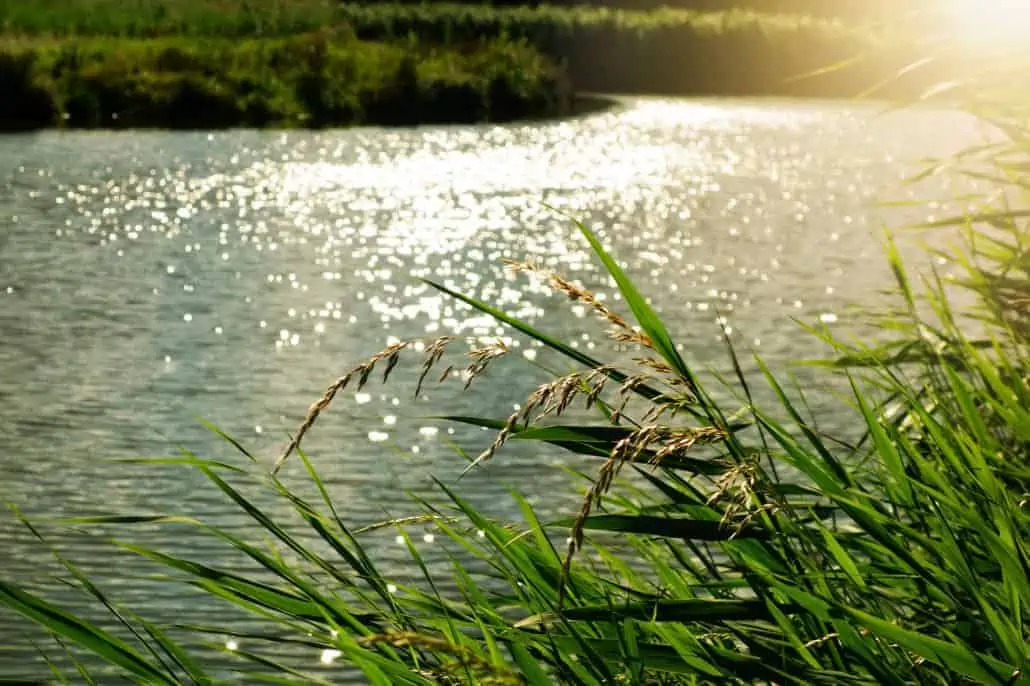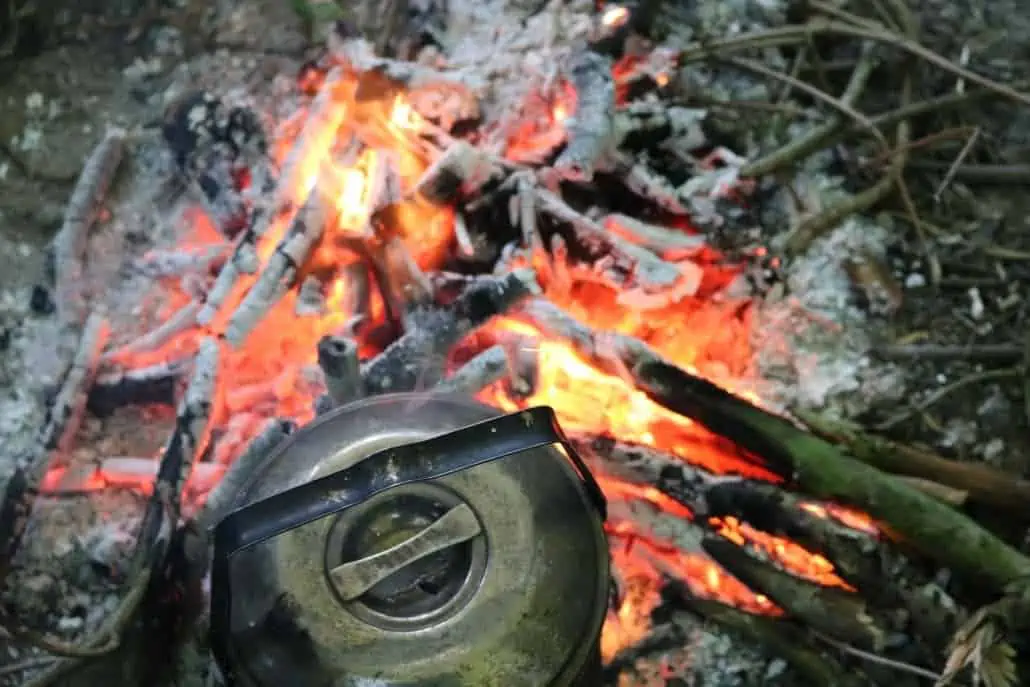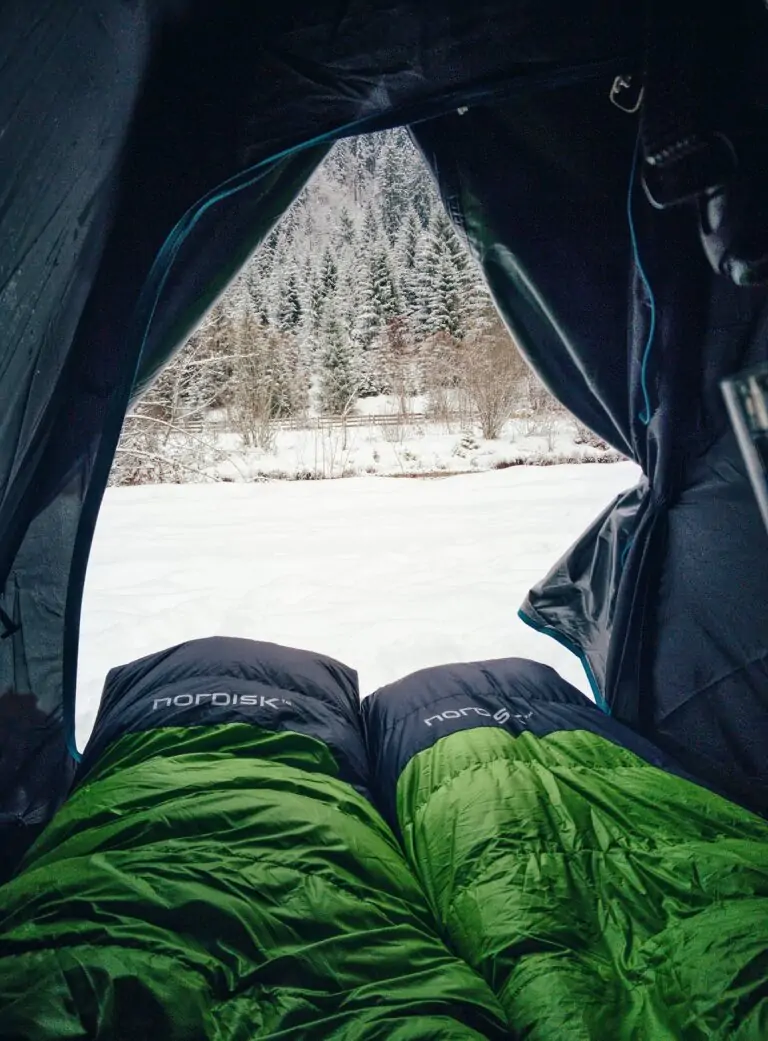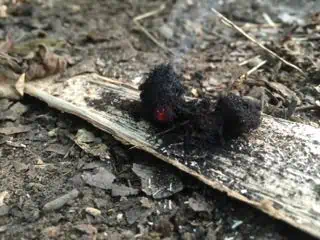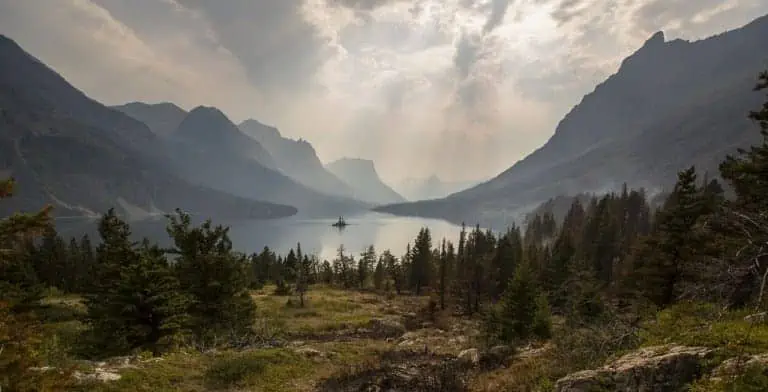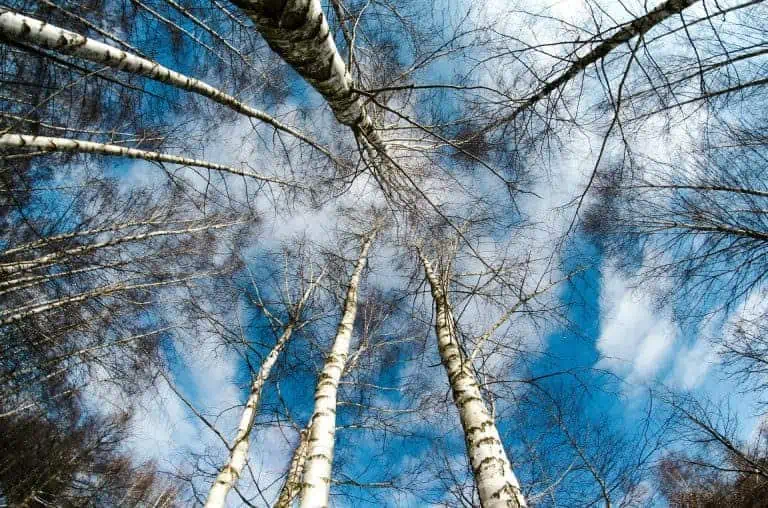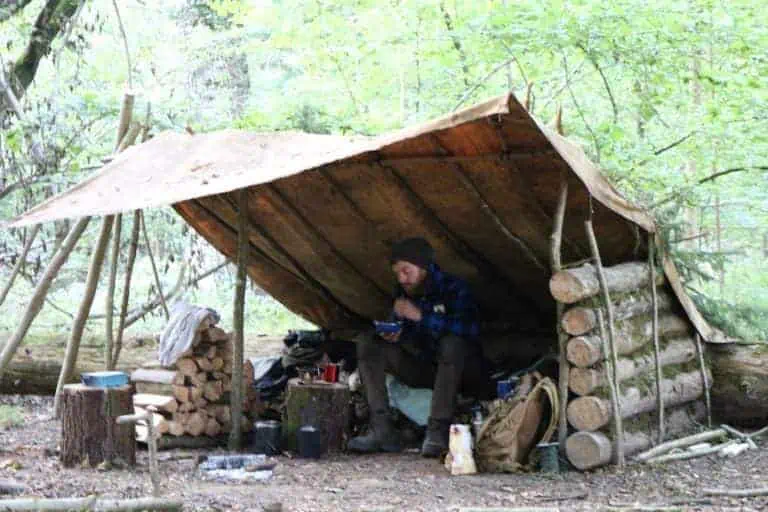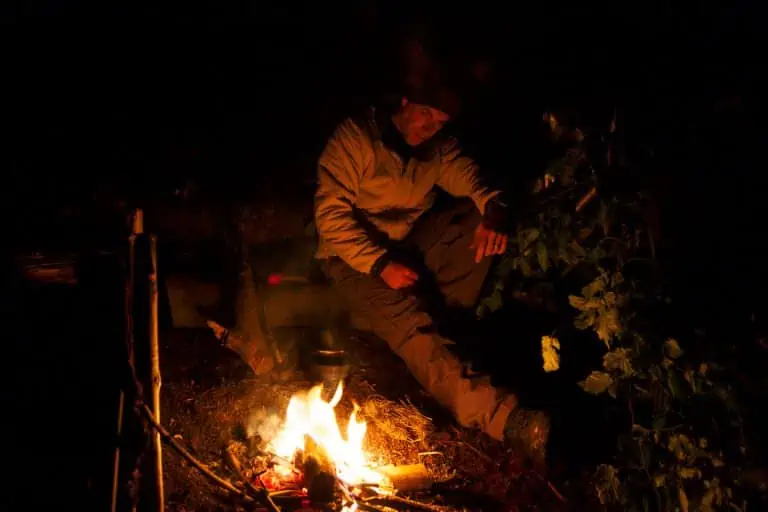How to Prepare and Cook a Fish in the Wild
How to Prepare and Cook a Fish
Preparing and cooking a fish in the wild is not only a great bushcraft skill, it’s also fantastic fun.
This blog won’t cover how to catch a fish, you can find more information about that here, but it will show you how to gut, prepare and cook a fish in the woods.
Read on to learn more.
As always, feel free to read the whole blog or skip to the section that interests you the most.
Sign up to receive bushcraft tips, advice, and news
Gutting a fish in the wild

What better than sitting down to eat a fish that you’ve just caught and cooked over a campfire. It is a truly special experience that pulls together several bushcraft skills and immerses one in the wilderness.
This wonderful experience begins with, having caught your fish, correctly gutting it. Read on to learn more.
Gutting your fish in the wild: a step by step guide
Having caught and killed your fish, you need to gut it. This should be done when the fish is as fresh as possible. Ideally, you will have a fire already burning or if not at least prepared and ready to light in a quick and effective manner.
Learn more about preparing fin, feather, and fur as well as knife sharpening, shelter building, and fire lighting in our weekend bushcraft course.
Step 1: prepare your fish for gutting
The first thing that you will need to do before gutting your healthy-looking fish is to wash it and scale it. Depending upon the type of fish you might need to be careful around the fins which can often be sharp. In order to remove the scales from a fish, you will need to scrape a blade (gently and you don’t want to damage the fish) from the tail to the head of the fish.
Step 2: Cut open the fish
Select your sharpest knife and cut, from tail to head, along the length of the belly of the fish. It is important that your knife be razor sharp for this task, you just want to open the fish up – not impale it! To see how to sharpen a knife, take a look at this video that we did as part of our Facebook live series.
Step 3: Remove the entrails
Slowly, using your finger in a ‘come hither’ motion, remove the fish’s entrails. You may prefer to use a spoon for this task but however, you do it make sure that all of the entrails are fully removed.
Step 4: Rinse the inside of the fish
Rinse the inside of the fish simply by pouring water and letting it run over and in the cavity.
Remember…
Don’t leave fish entrails just scattered about your campsite. Not only is this untidy and disrespectful it can also lead to animals, such as rats or even foxes, frequenting your campsite. Burn the entrails of the fish or seal them in a plastic bag and carry them out with you.
Cooking a fish in the wild
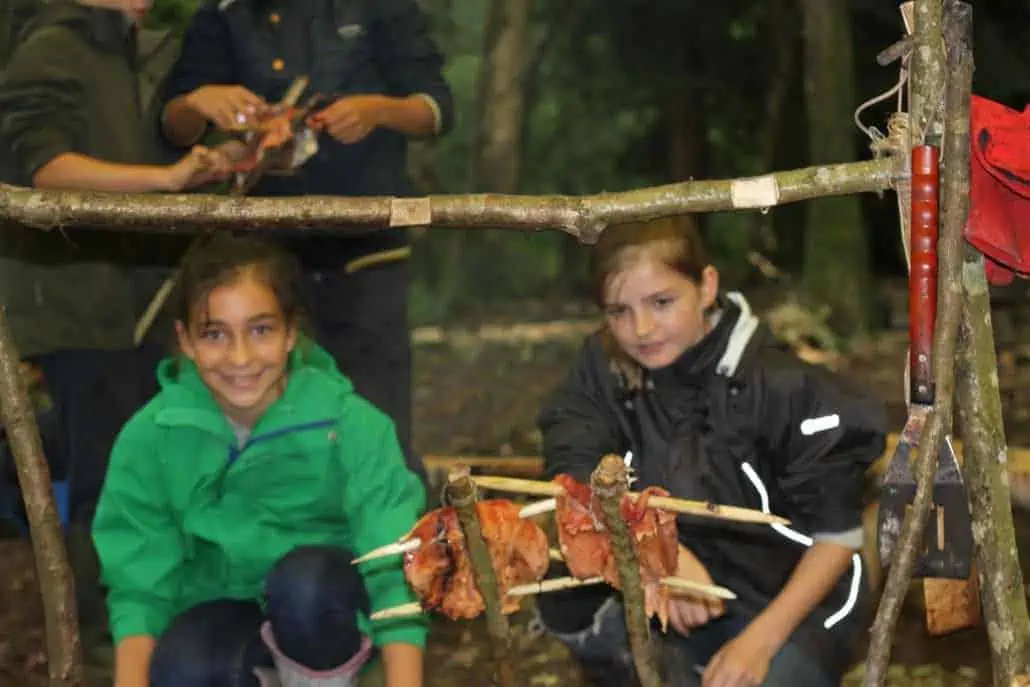
With your fire lit and your fish gutted it’s time to start cooking your fish. There are several methods for doing this and we run through a few below. The most important thing to do though is to find out what works for you and what you enjoy!
Learn more about preparing fin, feather, and fur as well as knife sharpening, shelter building, and fire lighting in our weekend bushcraft course.
Cooking fish in the wild: split stick
Perhaps the best know bushcraft method for cooking a fish is the split stick. Here is how to cook fish using this method.
- Choose a length of non-toxic wood, such as willow or hazel, around 2m long and 5 cm thick. Split the stick lengthways down the middle for around 30 cm.
- Butterfly the fish so that it opens out and can be laid flat with the inner flesh exposed.
- Make cross sticks. These should be around the thickness of your finger and around double the length of the width of the butterflied fish. Remove the back from the sticks and sharpen them into a point at each end.
- Bring it all together – thread the cross sticks through the butterflied fish and fit the fish, now held open with the cross sticks, into the split stick you made earlier.
- Now, make a tripod to hold you split stick, or simply stick it in the ground with a supporting stick along the length of the main split stick, and cook your fish over the fire.
Cooking fish in the wild: steaming
Steaming fish might seem like an elaborate method of cooking fish, but bushcraft is about being in harmony with nature; not ‘surviving’ or ‘overcoming’ it.
- Start with the fire
Start cooking when your fire burning down to the embers, or use a ‘keyhole’ shaped fire pit from which you can scrape the embers without impacting on the fire. Lay several handfuls of sphagnum moss over the embers, so that the roots and mud of the moss face toward the fire. Place your gutted fish on top of this moss then cover with another handful of moss, placed with the roots facing towards the sky. - Wait for the steamWait until steam begins to rise from the moss, once it begins to steam then leave your fish to steam for around thirty minutes before testing if it is ready to eat. If the fish is ready then the skin should slip easily away from the flesh.
Learn more about preparing fin, feather, and fur as well as knife sharpening, shelter building, and fire lighting in our weekend bushcraft course.
Key pieces of kit
Here are a few pieces of kit that we mentioned on this blog. Have a look below and feel free to buy them via the links below. Keep in mind that, with the exception of Bear Blades, Wildway Bushcraft is not associated with any of the products or manufacturers listed below; we don’t get anything from them if you choose to buy anything.
Sign up to receive bushcraft tips, advice, and news
Knives
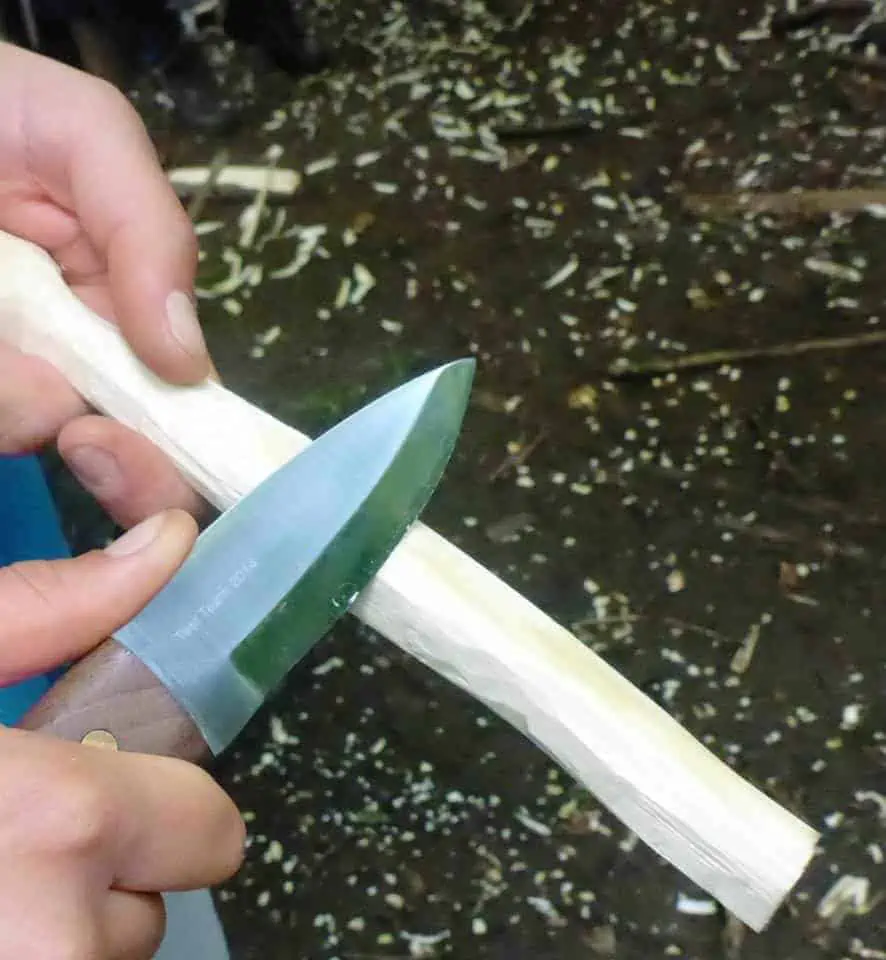
Wildway Bushcraft uses Bear Blades.
“Constructed from superb quality D2 steel this knife is ideal for bushcraft and wood crafting. Our most popular knife due to its versatility and functionality, suited to tough daily use in the woods.”
http://bearblades.co.uk/
Fallkniven DC4
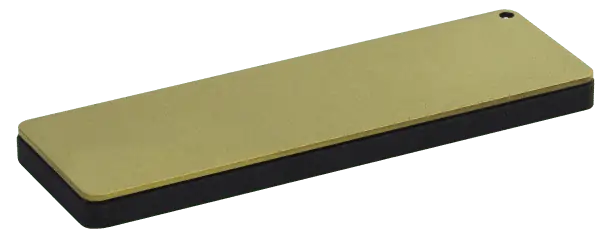
This diamond/ceramic whetstone is perfect for use in the field.
https://www.fallkniven.com/en/knife/dc4/
